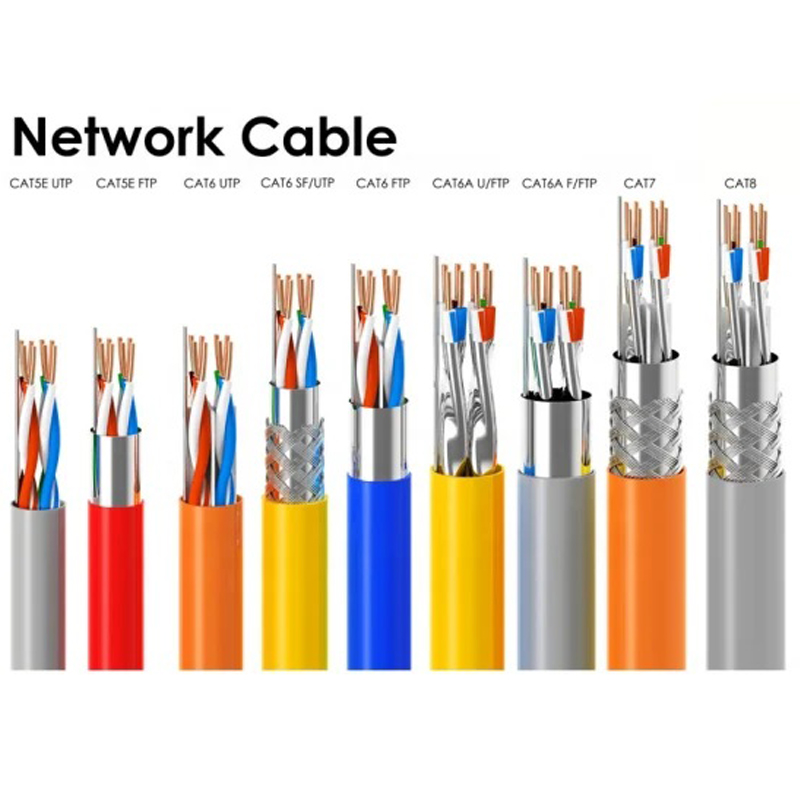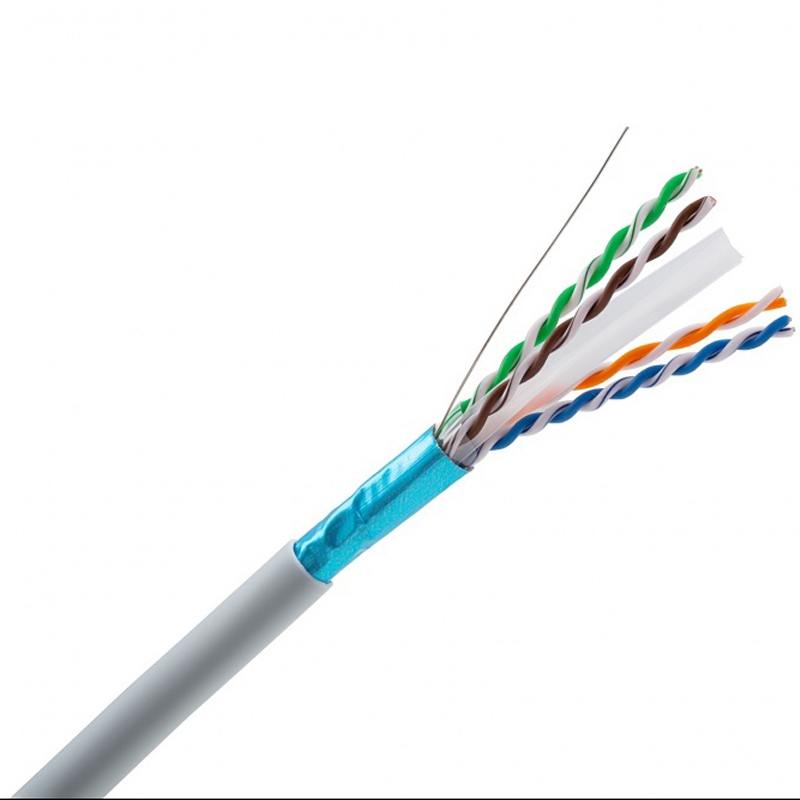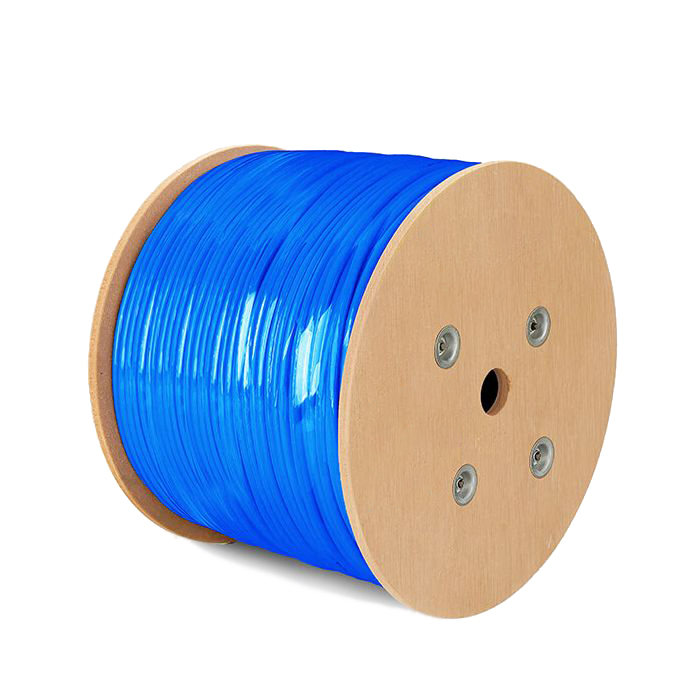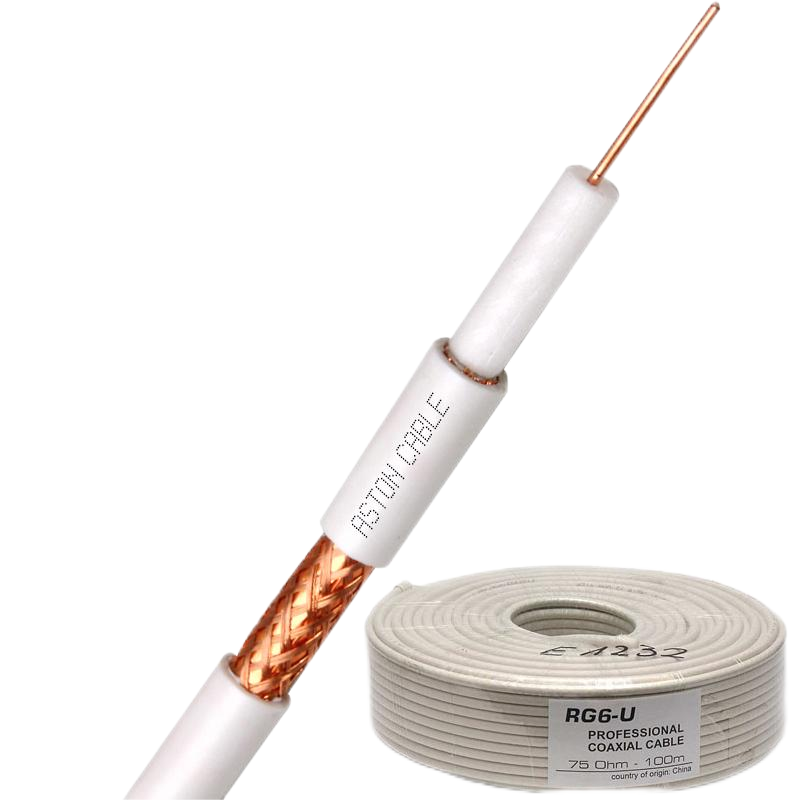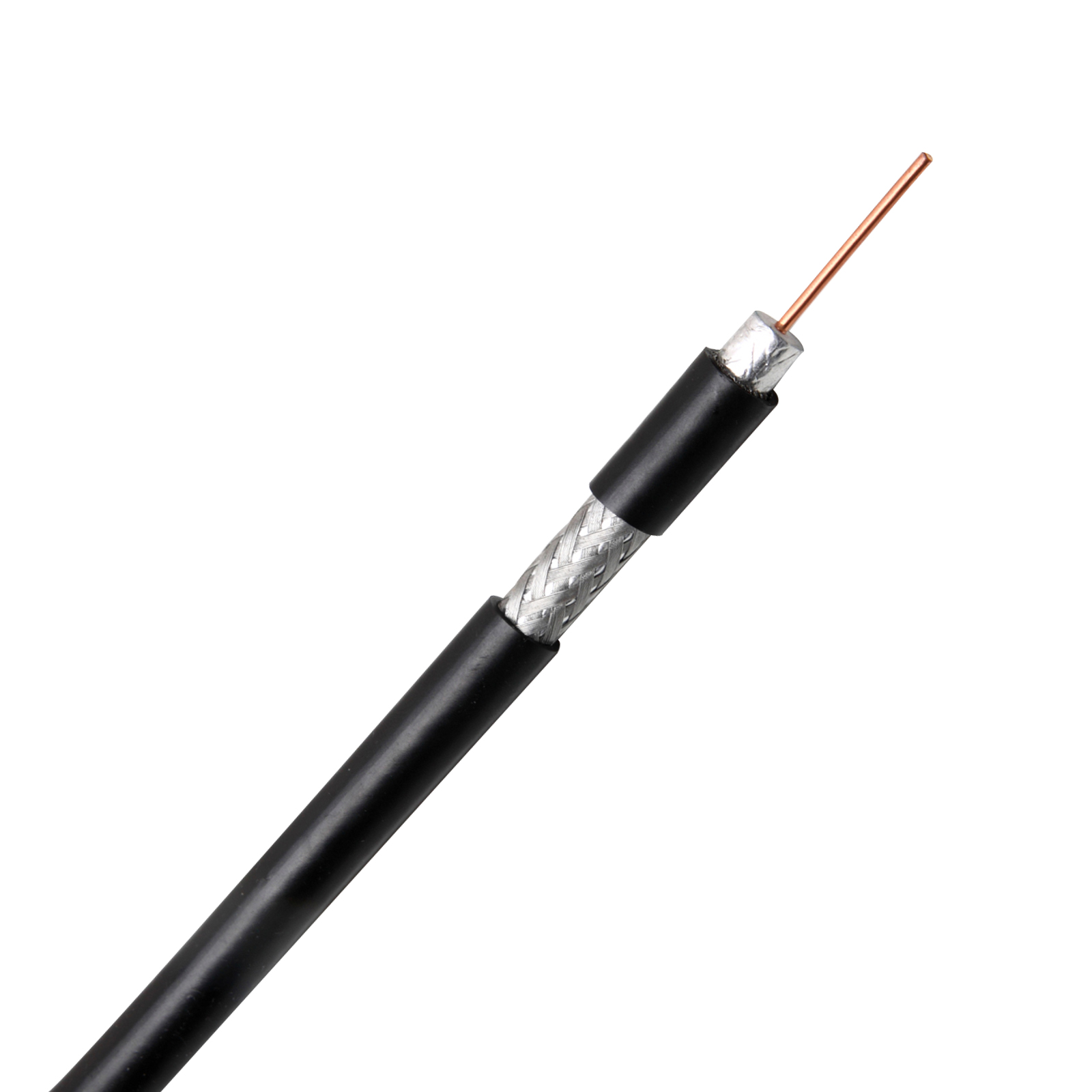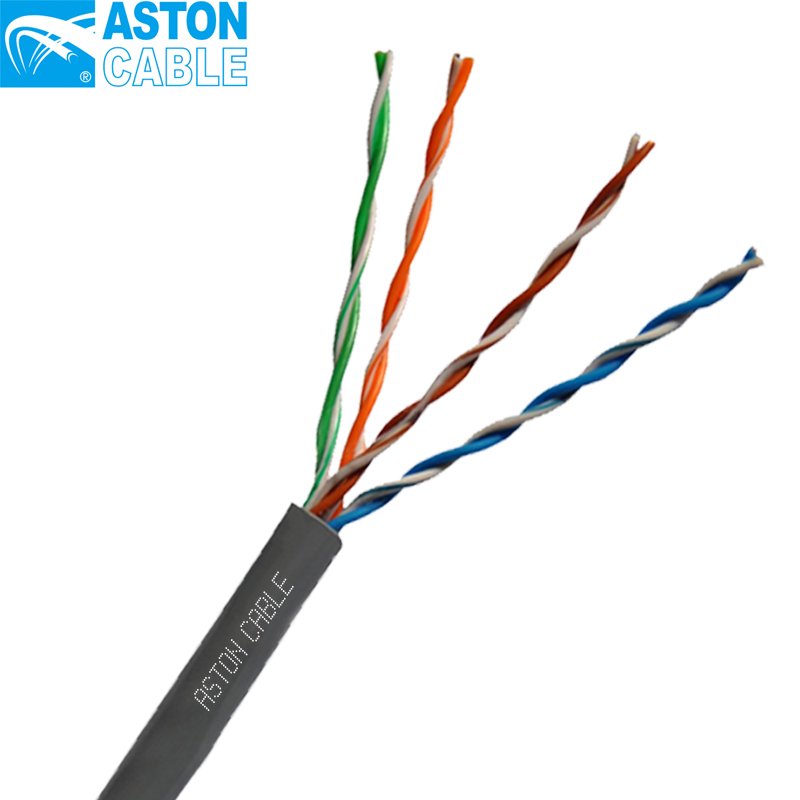Product Details
| Specification | Details |
|---|---|
| Frequency Support | Up to 600 MHz |
| Data Rate | Up to 10 Gbps |
| Cable Length | Maximum 100 meters |
| Connectors | GG45, TERA (backward compatible with RJ45) |
| Shielding | Shielded/Foiled Twisted Pair (S/FTP) |
| Conductor Material | 23AWG Copper or CCA |
| Jacket Material | PVC, LSOH/LSZH, PE |
Common Product Specifications
| Specification | Details |
|---|---|
| Place of Origin | China |
| Brand | ASTON or OEM |
| Certification | SGS, CE, RoHS, ISO9001 |
| Daily Output | 200KM |
| Minimum Order Quantity | 200 rolls |
| Delivery Port | Ningbo |
Product Manufacturing Process
The manufacturing process of Cat 7 Ethernet cables involves several key stages, including the drawing of copper to the required diameter to form the conductor, insulation of the conductor with high-quality materials, and the application of shielding to minimize interference. The process is finalized with the extrusion of the cable jacket, which provides the necessary physical protection and environmental resistance. According to authoritative sources, consistent quality control and precise manufacturing techniques are crucial to maintaining the integrity of the shielding and overall cable performance.
Product Application Scenarios
China Ethernet Cat 7 cables are pivotal in high-performance networking environments. They are commonly used in data centers, enterprise networks, and for connections where minimal signal interference and high data integrity are critical. Applications include supporting bandwidth-intensive tasks like HD video streaming, online gaming, and large-scale file transfers. Research indicates that Cat 7 cables are essential in environments with high electromagnetic interference, providing a robust solution for reliable data transmission.
Product After-Sales Service
Our after-sales service ensures customer satisfaction with comprehensive support, including technical assistance, troubleshooting, and warranty claims. We are committed to addressing any product-related issues promptly and efficiently to maintain customer trust and satisfaction.
Product Transportation
All products are packaged according to international export standards to protect against damage during transit. We ensure timely delivery through reliable shipping channels and offer tracking options for peace of mind.
Product Advantages
- High bandwidth capacity for future-proofing networks
- Enhanced shielding reduces electromagnetic interference
- Durable construction for reliable performance even in demanding environments
Product FAQ
- What is the main advantage of using Cat 7 cables?
Cat 7 cables provide superior shielding, reducing interference and allowing for higher data transmission rates, which is essential for high-demand network environments.
- Are Cat 7 cables compatible with RJ45 connectors?
Yes, Cat 7 cables are typically compatible with RJ45 connectors through the use of GG45 connectors, facilitating easier integration with existing network setups.
- What is the maximum data rate supported by Cat 7 cables?
Cat 7 cables support data rates up to 10 Gbps, making them suitable for high-speed network applications requiring efficient data transfer.
- What environments are ideal for Cat 7 cable installation?
They are ideal for environments with high levels of electromagnetic interference, such as data centers and large enterprise networks, where reliable data transmission is critical.
- How does the shielding in Cat 7 cables improve performance?
The shielding in Cat 7 cables minimizes crosstalk and electromagnetic interference, providing a stable connection with improved data throughput.
- What is the typical length of Cat 7 cables?
Cat 7 cables can support data transmission over distances up to 100 meters while maintaining high data rates and performance.
- How does Cat 7 compare to Cat 6 in terms of performance?
Cat 7 offers better shielding and higher frequency support than Cat 6, allowing for faster data rates and reduced interference in demanding environments.
- Are Cat 7 cables suitable for home networks?
While Cat 7 cables offer advanced features, they may be more than necessary for typical home networks, which can be adequately served by Cat 6 cables.
- Can I use Cat 7 cables for outdoor installations?
Yes, with appropriate jacket materials like PE or specially designed outdoor-rated jackets, Cat 7 cables can be used for outdoor installations.
- Is Cat 7 a future-proof solution for my network?
Cat 7 provides high bandwidth and robust shielding, making it a strong candidate for future-proofing networks, although newer standards like Cat 8 may offer even greater future capacity.
Product Hot Topics
- Why is China a leader in Ethernet cable manufacturing?
China has become a leader in Ethernet cable manufacturing due to its extensive industrial base, skilled workforce, and advanced production techniques. Companies in China can offer competitive pricing while maintaining high-quality standards, making them preferred suppliers globally.
- How to ensure compatibility with existing network infrastructure using Cat 7?
To ensure compatibility with existing network infrastructure, it is crucial to use connectors and adapters that support backward compatibility, such as GG45 connectors, which can accommodate RJ45 plugs. This allows for a seamless transition without the need to replace existing hardware.
- The significance of shielding in Ethernet Cat 7 cables
The shielding in Ethernet Cat 7 cables is significant in providing protection against electromagnetic interference and crosstalk. This ensures high-speed data transmission with minimal signal loss, making these cables suitable for environments with a high density of electronic devices.
- Real-world applications for Cat 7 cables in China
In China, Cat 7 cables are widely utilized in data centers, enterprise networks, and other environments requiring high-speed data transmission. They support applications such as video conferencing, remote education, and high-resolution video streaming, catering to the growing demands of digital infrastructure.
- Troubleshooting common issues with Ethernet Cat 7 cables
Common issues with Ethernet Cat 7 cables may include signal loss or connectivity problems often caused by improper installation or damaged shielding. Ensuring correct installation practices and using high-quality connectors can mitigate these issues and maintain optimal performance.
- Advancements in Ethernet cable technology and future trends
Ethernet cable technology continues to evolve, with advancements focusing on higher data rates and better shielding. Future trends include the development of cables supporting even higher frequencies and integrating smart technologies for enhanced network management.
- Cost-benefit analysis of upgrading to Cat 7 cables
Upgrading to Cat 7 cables involves considering the initial investment versus the long-term benefits, such as increased data rates and reduced interference. A cost-benefit analysis should account for future network demands and potential savings from reduced signal degradation-related issues.
- How to properly install Cat 7 cables in complex environments
Proper installation of Cat 7 cables in complex environments requires attention to maintaining the integrity of the shielding and avoiding kinks or bends that could compromise performance. It may also involve using professional installation services to ensure optimal results.
- The role of Ethernet cables in advancing China’s digital infrastructure
Ethernet cables play a vital role in advancing China's digital infrastructure by providing the necessary bandwidth and reliability for modern applications. As the demand for faster and more stable connections grows, so does the reliance on advanced cabling solutions like Cat 7 to meet these needs.
- Environmental impact of Ethernet cable production in China
The production of Ethernet cables in China involves significant environmental considerations, including the sourcing of raw materials and manufacturing processes. Companies are increasingly adopting sustainable practices to minimize their environmental footprint, such as using recyclable materials and reducing energy consumption in production.
Image Description
